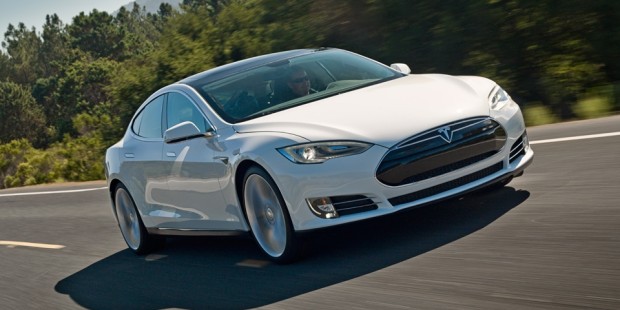
Electric Cars For Sale In 2014
Are electric cars your thing? Good, this is a page packed full of electric car facts, including electric cars for sale in 2014 in the US and their prices. Electric car answers for any question you have should be on this page. If not, drop us a note so that we can add them. If you have some important electric car answers or facts to add, also drop a note in the comments below! This page will be continually updated.
Keep up with the latest EV news here, and keep up with the latest EV sales updates here.
For information on electric cars available in Europe, check out this more comprehensive commercially available electric car list.
Basic Electric Car Answers
- Electric vehicles (EVs) run on electricity.
- Some EVs run 100% on electricity, while others (hybrid electric vehicles) run partly on electricity and partly on some other fuel (e.g., gas or diesel). Vehicles that can at times run solely on electricity, and can be plugged in to charge their batteries, are called plug-in hybrid electric vehicles (PHEVs).
- 100% electric vehicles and PHEVs are clearly much better for the environment (and, thus, humans) than their gasoline-powered cousins. Their fuel (electricity) is also much cheaper.
Currently Available Electric Cars
The following are electric cars that are for sale today in the US or are supposed to be for sale at some point in 2014.
The first prices listed are base prices before the federal tax credit, and in parenthesis are prices after the federal tax credit (normally $7,500). Other tax credits and rebates potentially available in your city or state (such as the $2,500 California EV rebate or $5,000 Georgia EV tax credit) are not included.
Links on the car names are mostly to our story archives for these cars. Links on the prices are to the car companies’ pages for the cars.
Range and MPGe/MPG data come from the EPA.
Check these electric cars out and go test drive some this weekend!
Nissan Leaf — $28,800 ($21,300)
- 84-mile range
- 114 MPGe
- 2014 and 2013 models — 5 seats; 2012 model — 4 seats
Chevy Volt (PHEV) — $34,185 ($26,685)
- 38-mile range on battery; 380-mile range in total
- 98 MPGe on battery; 37 MPG on gas (60 MPGe combined)
- 4 seats
Tesla Model S — $71,070 ($63,570)
- 208-mile range
- 95 MPGe
- 5 seats
Toyota Prius Plug-In (PHEV) — $29,990 ($27,490)
- 11-mile range on battery; 540-mile range in total
- 95 MPGe on battery; 50 MPG on gas
- 5 seats
Ford C-Max Energi (PHEV) — $32,950 ($28,943)
- 21-mile range; 620-mile range in total
- 100 MPGe on battery; 43 MPG on gas
- 5 seats
Ford Fusion Energi (PHEV) — $38,700 ($34,693)
- 21-mile range; 620-mile range in total
- 100 MPGe on battery; 43 MPG on gas
- 5 seats
smart electric drive — $19,990 ($12,490) + $80/Month Battery Rental
- 68-mile range
- 107 MPGe
- 2 seats
2013 Ford Focus Electric — $35,200 ($27,700)
- 76-mile range
- 105 MPGe
- 5 seats
Chevy Spark EV — $27,495 ($19,995)
Check out a full Chevy Spark EV review video at: 28 Electrified Vehicles, 47 Electrified Vehicle Videos (Commercials, Reviews, Etc.)
- 82-mile range
- 119 MPGe
- 4 seats
Toyota RAV4 EV — $49,800 ($42,300)
- 103-mile range
- 76 MPGe
- 5 seats
Honda Accord Plug-In (PHEV) — $39,780 ($36,154)
- 13-mile range on battery; 570-mile range in total
- 115 MPGe (on battery)
- 5 seats
Honda Fit EV — $36,625 (Can Only Lease)
- 82-mile range
- 118 MPGe
- 5 seats
Mitsubishi i — $22,995 ($15,495)
- 62-mile range
- 112 MPGe
- 4 seats
Fiat 500e — $31,800 ($24,300)
(Bunch more Fiat 500e commercials here.)
- 87-mile range
- 115 MPGe
- 4 seats
Wheego Whip — $18,995
- 40-mile range
- ?? MPGe
- 2 seats
Wheego LiFe — $32,995 ($25,495)
- 100-mile range
- ?? MPGe
- 2 seats
BMW i3 — $41,350 ($33,850)
Check out more BMW i3 videos at: BMW i3 Olympics Commercials Nail It! (4 Commercials) and 28 Electrified Vehicles, 47 Electrified Vehicle Videos (Commercials, Reviews, Etc.)
- range = 81
- 124 MPGe (record!)
- 4 seats
BMW i8 — $135,700 ($128,200 — Preorder Only)
Check out more BMW i8 videos at: 28 Electrified Vehicles, 47 Electrified Vehicle Videos (Commercials, Reviews, Etc.)
- range = 81–100 (EPA range TBA)
- MPGe TBA
- 4 seats
Tesla Model X — $60,000 (Preorder Only)
- Range TBA
- MPGe TBA
- 5 seats
Volkswagen e-Up! — £19,250 (£24,250) — only for sale in Europe
- Range TBA
- MPGe TBA
- 5 seats
Volkswagen e-Golf
- range = 70–90 miles (EPA range TBA)
- MPGe TBA
- 5 seats
Cadillac ELR (PHEV) –$75,000 ($67,500)
Check out more Cadillac ELR videos at: 28 Electrified Vehicles, 47 Electrified Vehicle Videos (Commercials, Reviews, Etc.)
- 37-mile range on battery; 340 miles in total
- 82 MPGe (electric); 31 MPG city/35 highway (gas)
- 4 seats
Nissan e-NV200 — Price TBA
- Range TBA
- MPGe TBA
Porsche Panamera Plug-in S E-Hybrid — $94,248 ($99,000)
Check out more Porsche Panamera Plug-in S E-Hybrid videos at: 28 Electrified Vehicles, 47 Electrified Vehicle Videos (Commercials, Reviews, Etc.)
- 22-miles range on battery (EPA range TBA)
- ~53 MPGe (EPA rating TBA)
Mercedes-Benz B-Class Electric — $41,450 ($33,950)
- range = ~84 (EPA range TBA)
- MPGe TBA
- 5 seats
Via Motors VTRUX — $79,000 before tax credits, not sure of before-tex credit price
Check out more Via Motors videos at: 28 Electrified Vehicles, 47 Electrified Vehicle Videos (Commercials, Reviews, Etc.)
There aren’t many details out on the Via Motors VTRUX lineup, but these extended-range electric vehicle trucks, SUVs, and vans are currently available to fleets.
The following are coming or concept EVs:
More on current electric vehicles, from the EPA.
More on new & upcoming EVs, from the EPA.
Beyond the info above, the following posts may interest you:
- 10 Most Fuel Efficient Cars
- Top Electric Car States — Which Has The Highest Percentage Of Electric Cars?
- VW e-Up! Review
- BMW i3 Review
- smart electric drive Review
- Renault Twizy Review
- 2014 Nissan Leaf Review
- Nissan Leaf vs BMW i3 vs VW e-Up! Review
- Chevy Volt vs Prius Plug-In vs Ford C-MAX Energi
- Chevy Volt Owner Switching To Ford Fusion Energi Rather Than BMW i3
- Chevy Volt Driver’s Savings After One Year (Getting 980 MPG!)
- Nissan Has Now Sold Over 100,000 LEAFs
- Electric Vehicle Owners See Their Electric Bills Go Down
- Only 22% of Americans Familiar with Tesla Model S!
- Tesla CEO Elon Musk & CTO JB Straubel In Norway Q&A (VIDEOS)
- Co-Founder Of Tesla About Starting Tesla (VIDEO)
- Electric Cars Top Auto Sales In Norway 2 Months In A Row
- 12% of Cars Sold in Norway in November Were Electric Cars
- EV Battery Prices — The Disruptive Drop In Prices Will Continue (CleanTechnica Exclusive)
- “Insane” GHG Savings From Workplace EV Charging, According To NASA
- Electric Cars May Be 50% On Their Way To Market Domination
- US EV Sales 2014
- Europe EV Sales 2014
- World EV Sales 2014
- Electric Cars = Totally Bloody Awesome To Drive
EV Battery Costs
The initial price tag of EVs and PHEVs, like the Volt or Karma, is higher than that of similarly sized and equipped gasoline-powered cars mostly because their batteries are expensive. How expensive? That’s hard to know, because car manufacturers generally won’t say what they are paying for their batteries. Here are some of the best answers we’ve got for now:
- According to an April 2012 Bloomberg New Energy Finance report, the average price of batteries used in electric vehicles dropped 14% from Q1 2011 to Q1 2012.
- The average price of an EV battery at the end of Q1 2012 was $689 per kilowatt hour, compared to $800 per kilowatt hour in 2011, according to that report.
- Compared to 2009, prices were down approximately 30%.
- By 2030, BNEF projects battery prices will fall to $150/kWh (in 2012 dollars).
Here’s some more info from that report:
“Electric vehicles such as the Mitsubishi Motor iMiEV, Nissan Leaf or Tesla Model S require between 16 and 85kWh of storage, with a total cost of $11,200 and $34,000, or around 25% of the total cost of the vehicle,” BNEF notes. “Battery pack prices for plug-in hybrid vehicles such as GM’s Volt are on average 67% higher in terms of $/kWh, than those for electric-only vehicles like Nissan’s Leaf. This higher price is mainly due to the greater power-to-energy performance required for plug-in hybrid vehicles.”
“As reported last year by Bloomberg New Energy Finance, current production capacity for electric vehicle battery packs outstrips demand by over 10GWh, equivalent to around 400,000 pure battery electric vehicles, and the gap is on course to widen to 17GWh by the end of 2013. By comparison, the total number of electric vehicles sold in 2011 was 43,237.”
“Batteries are one of the biggest drivers of the cost of electric vehicles, and hence of their uptake,” Michael Liebreich, chief executive of Bloomberg New Energy Finance, commented. “A sharp decline in price may be unwelcome for battery manufacturers, but it is essential for the long-term health of the sector. Battery prices will be one of the key pieces of data for investors, policy-makers and the car industry to watch over the next few years, and that is why we have launched this index.”
Furthermore, here’s a statement from US Secretary of Energy Steven Chu, from back in January 2012, on battery costs (emphasis mine):
“Overall, the Department of Energy is partnering with industry to reduce the manufacturing cost of advanced batteries. While a typical battery for a plug-in hybrid electric vehicle with a 40-mile electric range cost $12,000 in 2008, we’re on track to demonstrate technology by 2015 that would reduce the cost to $3,600. And last year, we set a goal of demonstrating technology by 2020 that would further reduce the cost to $1,500 – an accomplishment that could help spur the mass-market adoption of electric vehicles.”
Also worth noting is the prediction from the CEO and founder of EV leader Tesla Motors that the cost of EV batteries will drop below $200 per kWh in the “not-too-distant future” (stated back in February 2012).
UCS Study on Environmental Benefits & Fuel Savings of EVs
The Union of Concerned Scientists in April 2012 completed the most comprehensive study to date on the fuel and environmental costs (or, more appropriately, savings) of electric vehicles. Here are some details from that:
- “Based on electricity rates in 50 cities across the United States, the analysis found drivers can save $750 to $1,200 dollars a year compared to operating an average new compact gasoline vehicle (27 mpg) fueled with gasoline at $3.50 per gallon. Higher gas prices would mean even greater EV fuel cost savings. For each 50 cent increase in gas prices, an EV driver can expect save an extra $200 a year.”
- “… nearly half (45 percent) of Americans live in ‘best’ regions where an EV has lower global warming emissions than a 50 mile per gallon (mpg) gasoline-powered vehicle, topping even the best gasoline hybrids on the market. In places like California and most of New York, EV’s environmental performance could be as high as an 80 mpg gasoline-powered vehicle.”
- “In parts of the Rocky Mountains region, driving an EV produces global warming emissions equivalent to a gasoline vehicle with a fuel economy rating of 33 mpg, similar to the best non-hybrid compact gasoline vehicles available today — all while cutting our nation’s oil consumption.” (This is the dirtiest region of our country, in terms of its electricity sources.)
Clearly, as we move more an more to clean, renewable energy in the US, electric vehicles will only become greener and greener to drive.
Additionally, if one were to install solar panels on their home, the “fuel” for their EV would be clean, renewable solar power (sunlight).
Got more car answers to contribute? Or questions you’d like us to answer?
UPDATE: We’ve created a spreadsheet for crowdsourced, up-to-date info on production EVs on the market in 2013 or 2014. Have a look, and add any reliable info that you see is missing or out of date.
–>Also recommended for you: Advanced Batteries Market to 2020 — Demand for Electric Vehicles to Drive Growth, Asia Pacific to Remain the Major Producer













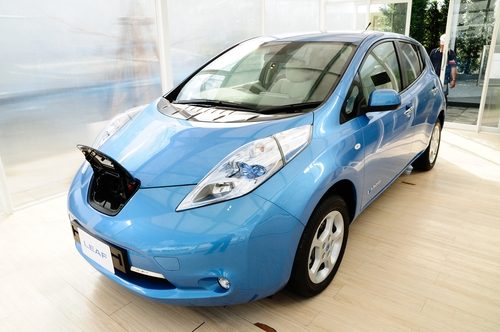

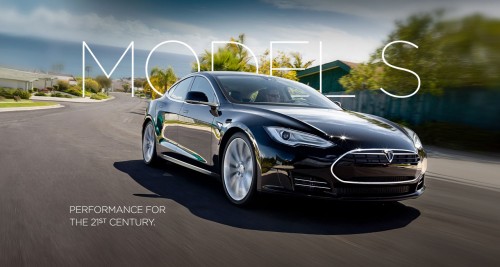
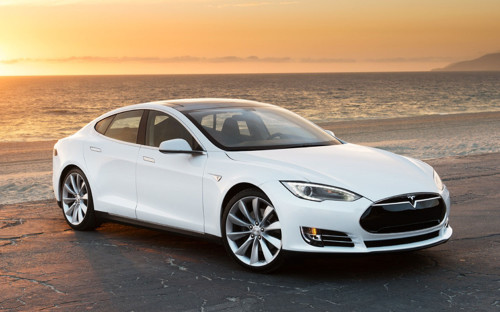
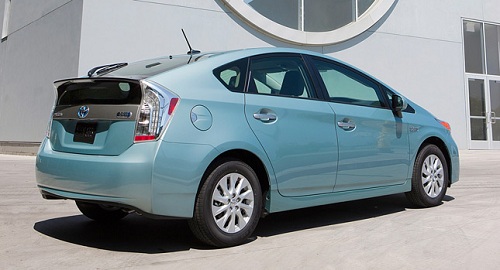


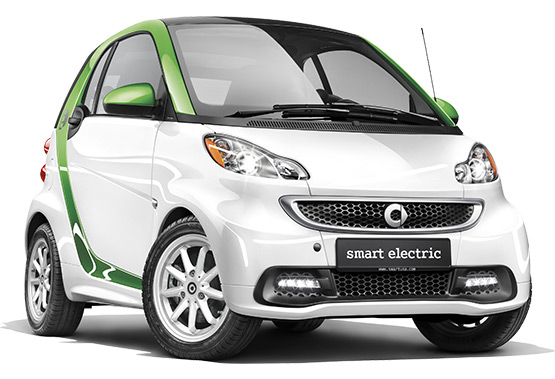
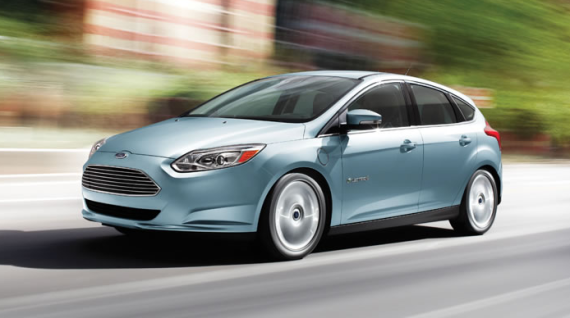
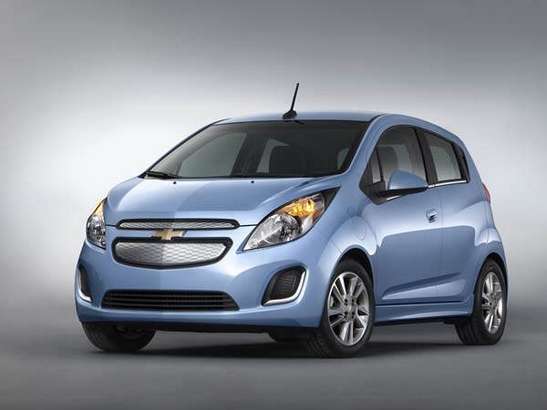

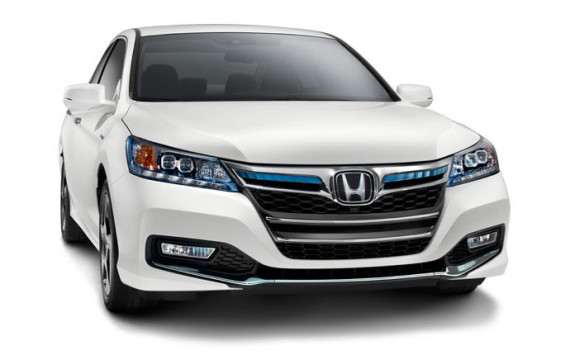
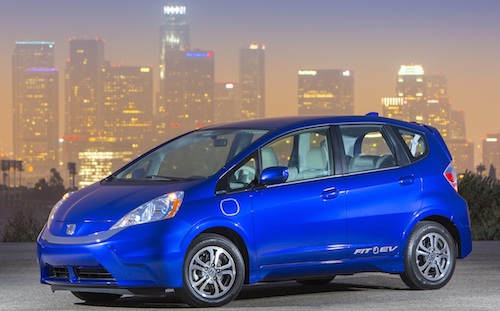
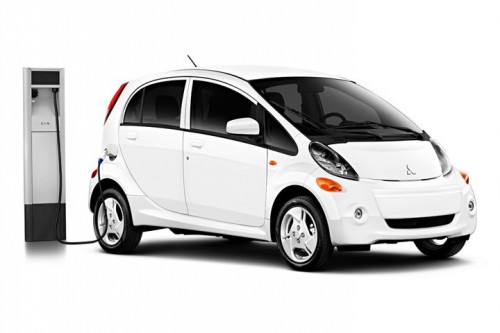

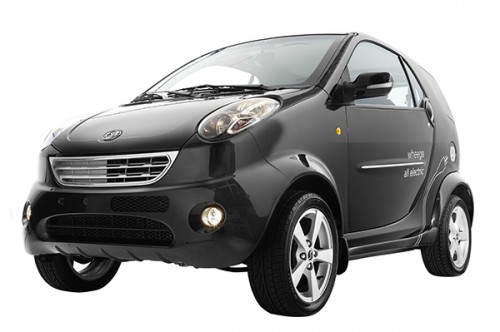

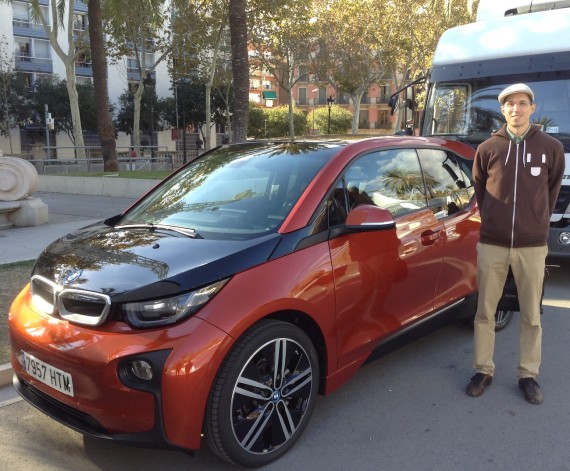
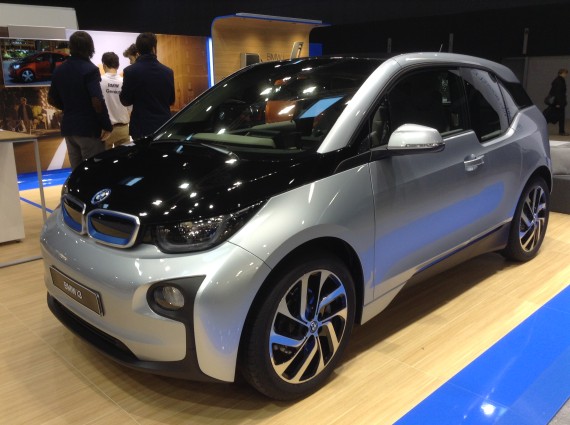
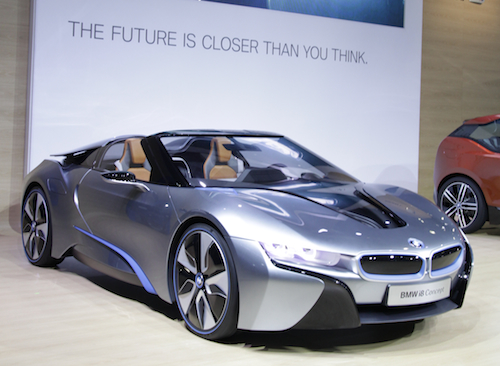
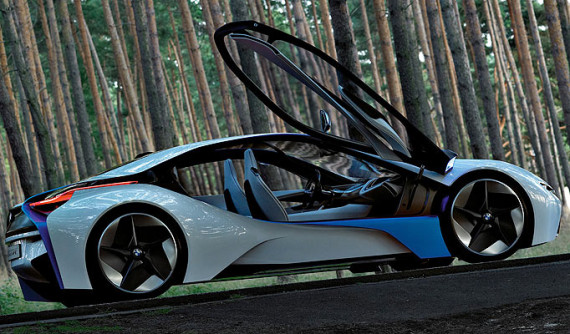
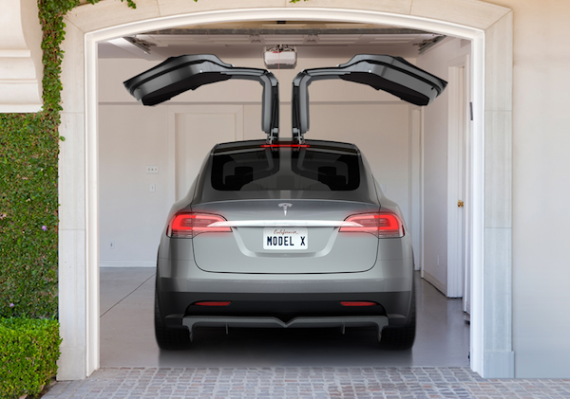
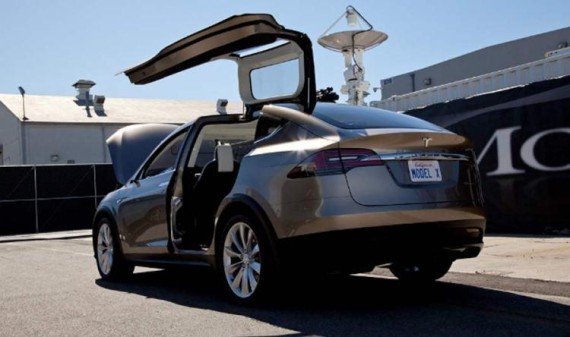
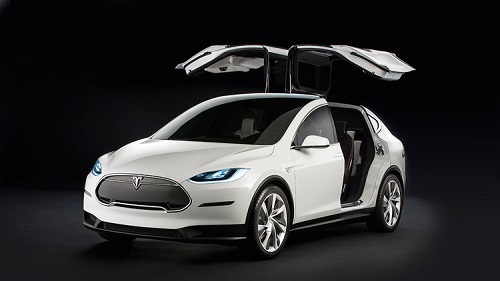
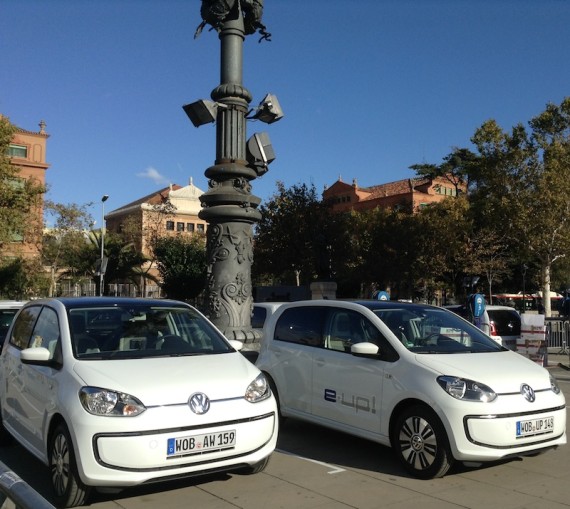
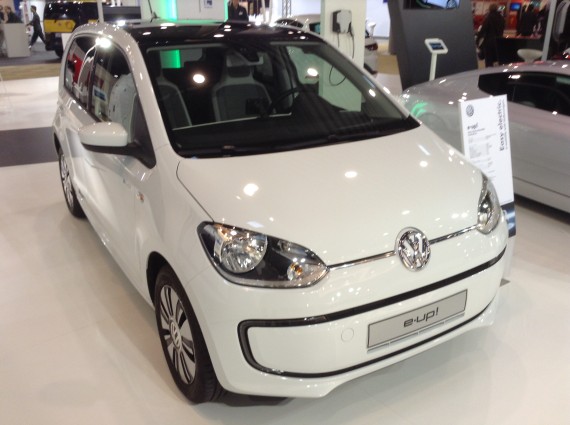
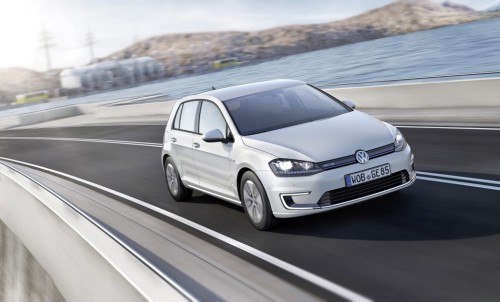
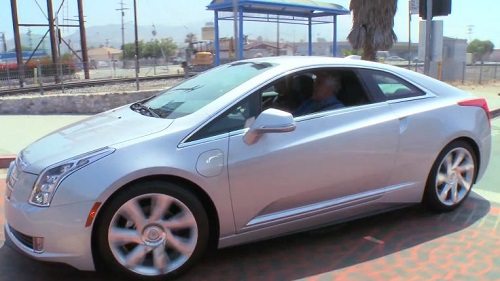
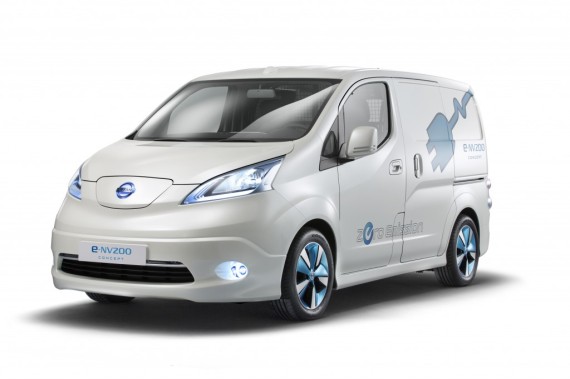
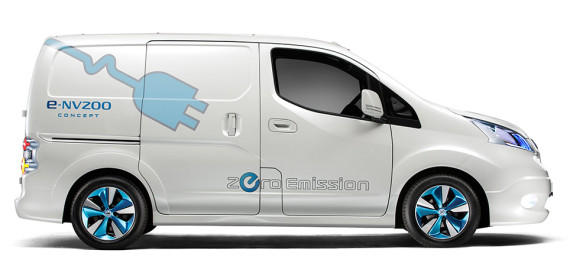
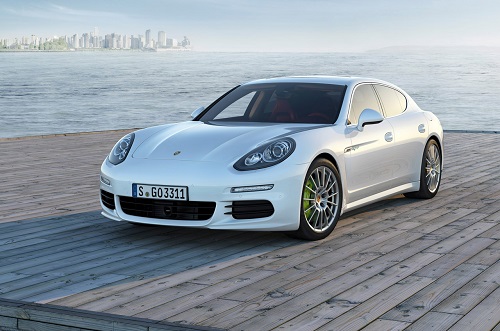
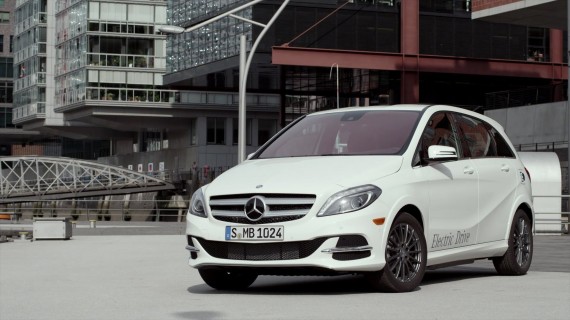










Pingback: SolidEnergy and The Key To Electric Vehicle (EV) Survival | TechFaster
Pingback: Beijing Unveiling Aggressive Policies To Speed Electric Vehicle Adoption | CleanTechnica
Pingback: Chevy Spark EV The Cheapest EV, And It Can Charge The Fastest
Pingback: BMW M3 EV From EV West On The Dyno (Video) | CleanTechnica
Pingback: Coda Files For Bankruptcy, Switching To Energy Storage Focus | CleanTechnica
Pingback: Poll: Texans Support Tesla Motors' Right To Sell Directly To Consumers | CleanTechnica
Pingback: Graphene Silicon Nanoplatelets Increase Lithium-Ion Battery Capacity 4 Fold | CleanTechnica
Pingback: Nissan Juke vs Nissan Leaf (Cost Comparisons) | CleanTechnica
Pingback: 7 Things You Should Know When Buying An Electric Car
Pingback: 11 Million+ EV Charging Stations by 2020? | Planetsave
Pingback: Lowest Car In The World Is Now An EV | Planetsave
Pingback: San Francisco Car Sharing Scheme Leads the Way in Green Transport - CleanTechnica
Pingback: Florida to Build First Solar Powered City in U.S. - CleanTechnica
Pingback: Moving Away From Fuel-Based Cars | Planetsave
Pingback: 2014 Honda Accord Plug-in Hybrid Electric Car to Get 100 MPGe - CleanTechnica
Pingback: Prius Owners Most Likely to Go for the Chevy Volt - CleanTechnica
Pingback: HP, Intel, & NREL Partner for New High-Performance Computer Data Center - CleanTechnica
Pingback: Wireless electric vehicle charging: Will it work? : Renew Economy
Pingback: Wireless Electric Vehicle Charging - Will it Work? - CleanTechnica
Pingback: Electric Car & Hybrid Car Sales up 164% in June
Pingback: Chevy Volts are Driven in Electric Mode 2/3 of the Time
Pingback: 10 Electric Cars You Can Buy This Year! - CleanTechnica